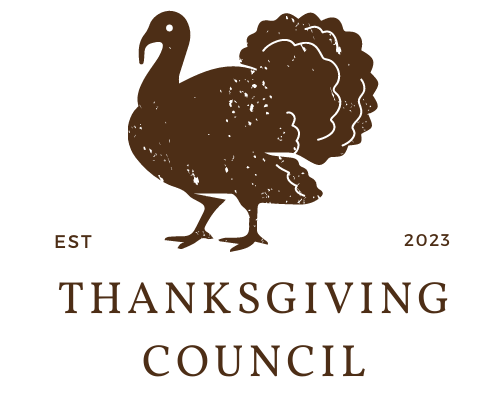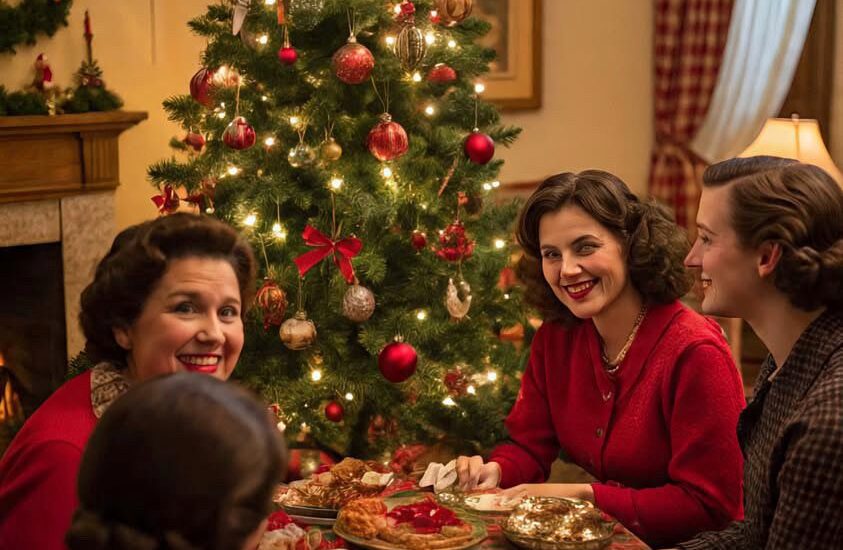The smell of turkey and the sound of family arguments over politics might define modern Thanksgiving for many of us, but I have always been fascinated by another tradition that quietly emerged alongside our national feast day. Discover how Thanksgiving charitable initiatives evolved from simple church baskets to modern food drives. Thanksgiving charitable initiatives have woven themselves into the fabric of American generosity in ways that would probably surprise the Pilgrims.
When I first started volunteering at soup kitchens during college, I never really thought about how serving meals on Thanksgiving became such a widespread practice. It seemed natural, almost obvious. Feed people on a day dedicated to gratitude and abundance. But the history of Thanksgiving charity tells a much richer story about how Americans have understood their obligations to one another during times of celebration.
The earliest Thanksgiving charitable efforts actually began in the mid-1800s, long before our modern conception of organized holiday giving took shape. Churches in New England started what they called Thanksgiving baskets collections of food and necessities distributed to poor families in their communities. These were not the elaborate food drives we know today, but simple acts of neighbors helping neighbors during harvest season.
Sarah Josepha Hale, the woman who campaigned tirelessly to make Thanksgiving a national holiday, also championed the idea that gratitude should manifest in generosity. She wrote extensively about the moral imperative to share abundance with those who had less, arguing that thanksgiving without giving was merely self-congratulation. Her influence helped establish the philosophical foundation for what would become a massive charitable movement.
The Civil War era transformed how Americans thought about Thanksgiving charity. Suddenly, there were widows and orphans on an unprecedented scale, and existing charitable networks proved inadequate. Women’s relief societies began organizing large scale Thanksgiving dinners for families affected by the war. These events were not just about providing meals they became community gatherings that helped heal social wounds and demonstrate collective care.
I often wonder if we have lost some of that communal spirit in our modern approach to holiday charity. Today’s Thanksgiving charitable initiatives are certainly more efficient and reach more people, but they sometimes feel more transactional than transformational.
The industrial revolution brought new challenges and new responses. Urban poverty became more visible and more concentrated, leading to the establishment of missions and charitable organizations that made Thanksgiving meal service a cornerstone of their work. The Salvation Army, founded in the late 1800s, pioneered many of the practices we still see today volunteer staffed kitchens, donated turkeys, and the idea that no one should spend Thanksgiving alone.
What strikes me most about researching this history is how Thanksgiving charity evolved alongside changing American demographics. As waves of immigrants arrived, charitable organizations had to adapt their services and menus to serve increasingly diverse communities. Italian families might receive pasta alongside traditional turkey, while Jewish families were offered kosher alternatives. This flexibility helped establish the principle that charitable giving should meet people where they are, not force them into predetermined molds.
The Great Depression marked a turning point for Thanksgiving charitable initiatives. Government programs began supplementing private charity, but the holiday maintained its special significance as a day for community based giving. Soup kitchens reported their highest attendance on Thanksgiving, and volunteer recruitment became easier because people felt called to serve on a day dedicated to gratitude.
Corporate America eventually discovered the public relations value of Thanksgiving charity, which has created both opportunities and complications. Major retailers and restaurants began sponsoring large scale meal programs, bringing professional organization and substantial resources to the effort. However, this corporate involvement has also led to concerns about the commodification of charitable giving and the tendency to treat poverty as a seasonal problem rather than a year round challenge.
Modern Thanksgiving charitable initiatives encompass everything from traditional soup kitchens to food delivery programs, from clothing drives to housing assistance. Technology has revolutionized how we organize and execute these efforts, with apps connecting volunteers to opportunities and sophisticated logistics ensuring that donated food reaches the right destinations.
Yet for all our technological advances, the fundamental appeal of Thanksgiving charity remains remarkably consistent with those early church baskets. People want to express gratitude through generosity, and they want to ensure that others can participate in the abundance that defines the holiday.
The history of Thanksgiving charitable giving reveals something profound about American culture – our belief that individual prosperity carries collective responsibility. This tradition has survived economic booms and busts, cultural changes, and political upheavals because it speaks to values that transcend partisan divisions.
Reference
Gilder Lehrman Institute of American History. (n.d.). A history of the Thanksgiving holiday. Gilder Lehrman Institute of American History. Retrieved August 14, 2025, from https://www.gilderlehrman.org/history-resources/essays/history-thanksgiving-holiday
Smithsonian Institution. (n.d.). Thanksgiving: From local harvests to national holiday. Smithsonian Institution. Retrieved August 14, 2025, from https://www.si.edu/spotlight/thanksgiving/history
The Thanks-Giving Foundation. (n.d.). Resources: Thanksgiving traditions. The Center for World Thanksgiving at Thanks-Giving Square. Retrieved August 14, 2025, from https://thanksgiving.org/thanksgiving/

